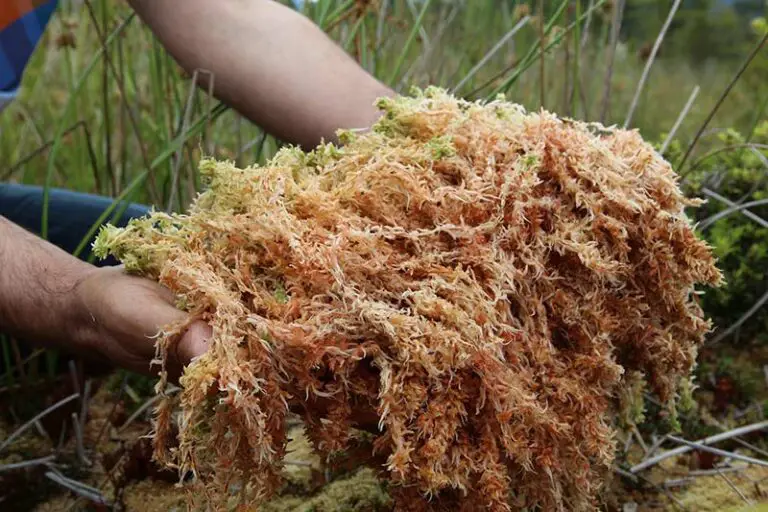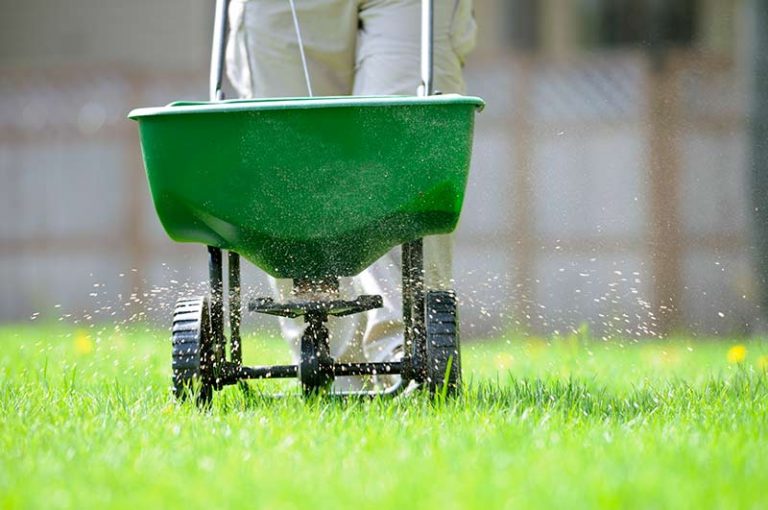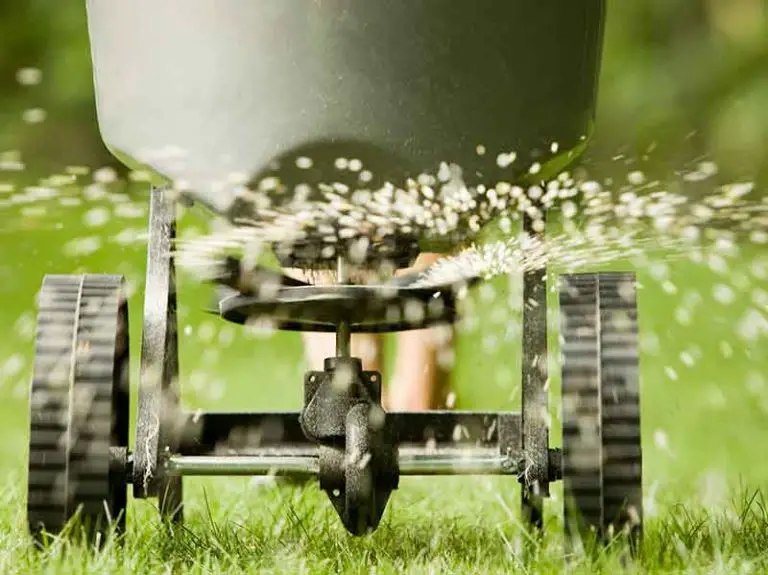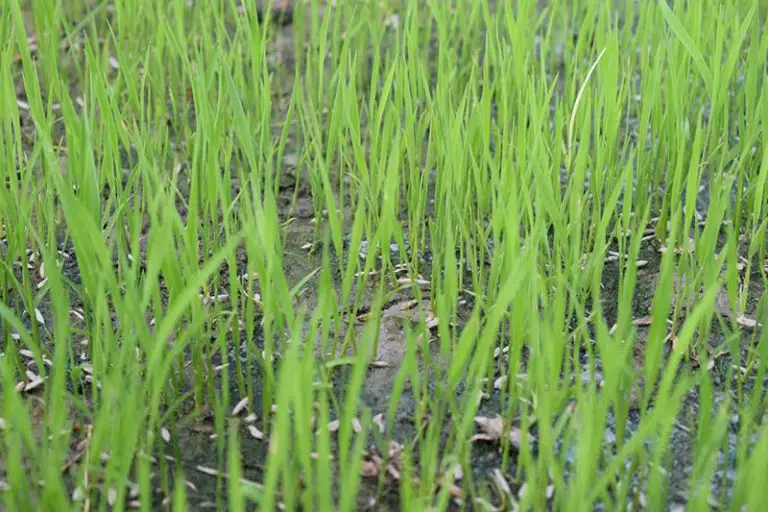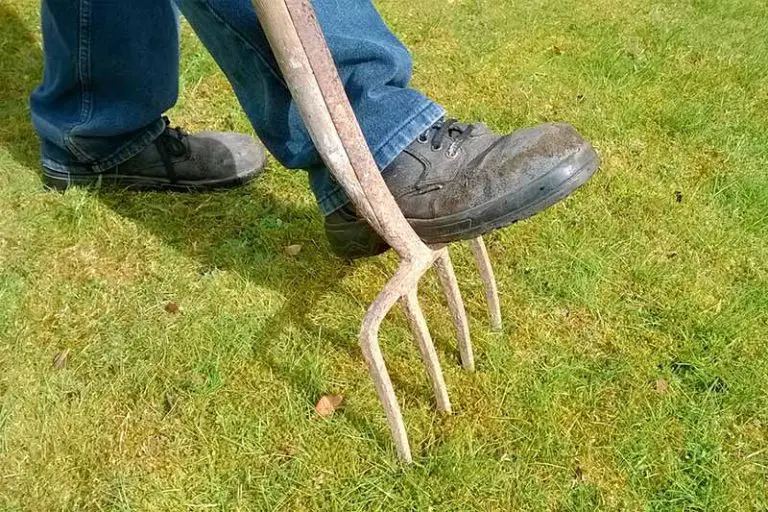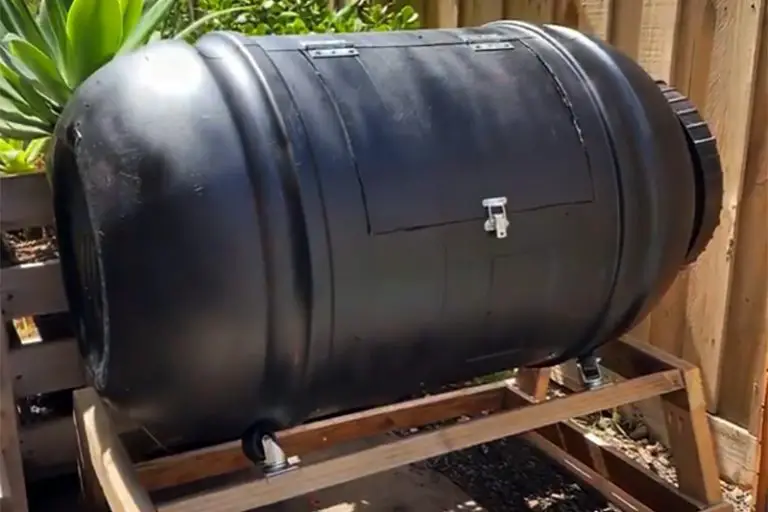Fertilizing Your Lawn in Hot Weather: Tips & Tricks
Following a proper lawn care schedule for your grass type may require you to fertilize your lawn over summer. For those with cool-season grass, summer fertilization is not recommended as this is not a period of active growth for this grass type. However, if you have warm-season grass, summer fertilization is recommended to keep your lawn healthy when it’s growing most vigorously.
Fertilizing a lawn in hot weather is not recommended as the dry, hot conditions leave the grass more susceptible to fertilizer burn. With that said, if you must fertilize your lawn in hot weather, you can do so using the right type of fertilizer and application method.
Which Grass Types Need Fertilizer in the Summer?
As you may already know, all grass species fall into one of two categories, being either warm-season grass or cool-season grass. Warm-season grasses benefit from summer fertilization, while cool-season grasses do not.
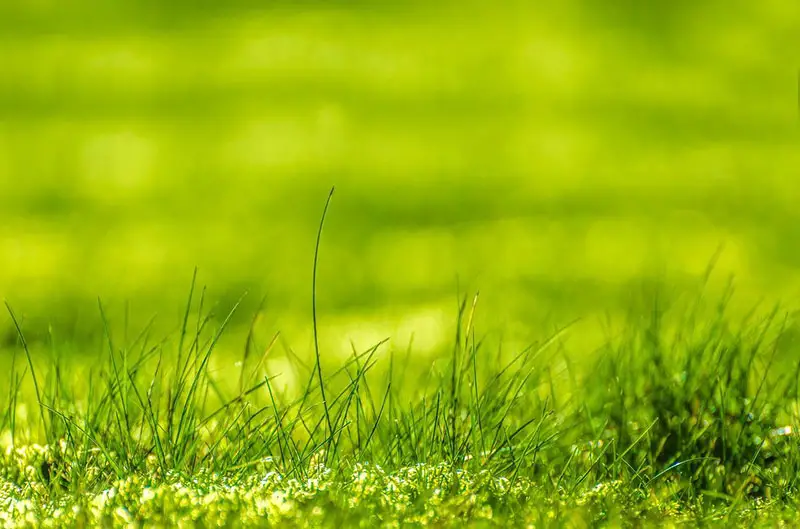
Fertilize Warm-Season Grasses in Summer
Warm-season grasses can benefit greatly from a fertilization in the summer. These grasses grow most vigorously in the warmer summer months. Due to this growth habit, summer is an excellent time to add fertilizer to give your warm-season grass a boost of nutrients when it needs them most. This will help to sustain the health of your grass throughout its period of most active growth.
Common warm-season grass types include Bermuda grass, centipede grass, St. Augustine grass, and zoysia grass.
Do Not Fertilize Cool-Season Grasses in Summer
Cool-season grasses, on the other hand, do not require fertilization in the summer months. The period of most active growth for these grasses are in the spring and fall when temperatures are milder; in the summer, the growth of cool-season grass slows down, with the grass turning dormant under prolonged periods of hot or dry weather. When temperatures rise above 80°F, it will be too hot to fertilize cool-season grass.
With that said, these grasses do benefit from fertilization in the late summer to early fall before they re-enter their second phase of most active growth. However, mid-summer fertilization is pointless in cool-season grasses.
Common cool-season grass species include Kentucky bluegrass, ryegrass, and fescue grasses.
If you’re unsure whether you have warm-season or cool-season grass, refer to our grass identification guide. As a general rule, cool-season grasses are typically grown in the northern regions of the US, while warm-season grasses are more common in the south.
Is it OK to Fertilize My Lawn in Hot Weather?
As we’ve just explained, warm-season grasses do benefit from fertilization over the summer. However, fertilizing the lawn in extremely hot weather isn’t advisable, regardless of the grass type.
Fertilizing the lawn in a period of extremely hot weather is a bad idea for two reasons. Firstly, the biggest risk with fertilizing your lawn in hot weather is that it’s more likely to cause fertilizer burn. The dry conditions combined with the intense sunlight do not mix well with the addition of a fertilizer. As a result, the fertilizer can cause the grass to turn brown and die off, which is the opposite effect you’d want from fertilizing the lawn.
Secondly, fertilizing your lawn in overly hot weather can encourage the development of summer weed infestations. Not only are you providing your grass with more nutrients to grow, you’re also giving these nutrients to the weeds. With more nutrients to grow, aggressive weeds can take over your lawn in hot weather and choke out the already-delicate grass.
What’s the Best Summer Lawn Fertilizer Ratio?
The best summer lawn fertilizer ratio for warm-season grasses is a value of 6-0-0, 10-0-4, or 15-0-8. These NPK ratios provide the ideal balance of nutrients for mature grass to maintain its healthy growth throughout the summer.
How to Fertilize Lawn in Hot Weather
Going back to our previous guidance, fertilizing the lawn in extremely hot weather isn’t advisable. If you must fertilize your lawn in the summer, follow these steps to avoid burning the grass.
1. Choose the Best Fertilizer for Summer
Ideally, you should opt for a slow-release, organic fertilizer. While synthetic fast-release fertilizers work quickly, they are more likely to cause fertilizer burn, especially in hot weather. This is also particularly true if you use a water-soluble formula. A slow-release organic formula will release its nutrients gradually, providing your grass with a steady source of nitrogen throughout the summer.
As we’ve already mentioned, the best summer lawn fertilizer ratios are 6-0-0, 10-0-4, or 15-0-8. With that said, lawn fertilizer ratios are not a one-size-fits-all situation; every lawn is different and will benefit most from a fertilizer that is well-balanced for its individual needs. To determine what fertilizer would be best for your lawn, you should first test the soil. You can do this by conducting a DIY soil test using an at-home kit to find out the current nutrient levels in your lawn. The results of this test will indicate which nutrients your lawn needs the most and therefore which fertilizer ratio you should opt for.
2. Apply Fertilizer to Lawn
Apply your chosen fertilizer to your lawn using a broadcast spreader. Broadcast spreaders are the best type of lawn spreader to apply fertilizer; the mechanism of these spreaders will provide the most even coverage, reducing the chances of color striping in the grass. Our top recommendation is the Elite broadcast spreader from Scotts.
Begin by filling the hopper of your broadcast spreader with your chosen fertilizer. Adjust the settings on your spreader in accordance with the recommendations for your specific product. Start spreading your fertilizer by walking the spreader in a straight line down one edge of the lawn. When you reach the end of the first row, turn your spreader to walk along the next row. As you work your way through the lawn, overlap each row very slightly to reduce the chance of striping. Continue fertilizing in parallel rows until you have covered the entire lawn.
3. Water Lawn
After finishing the fertilization process, water-in the fertilizer. Give your lawn a good soak without watering to the point of pooling or run-off. This will work the fertilizer deep into the soil where it can be taken up by the grass’ roots immediately.

